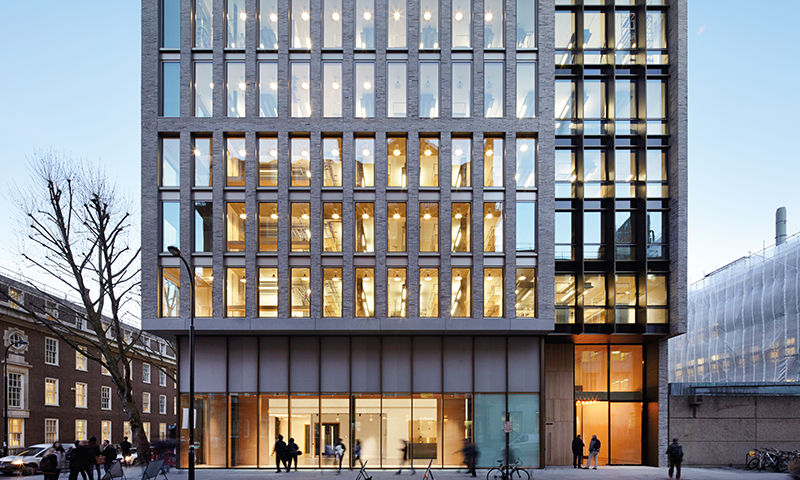The first programme of its kind in the UK, Architectural Design MPhil/PhD invites candidates to combine designing and writing to develop their architectural research.
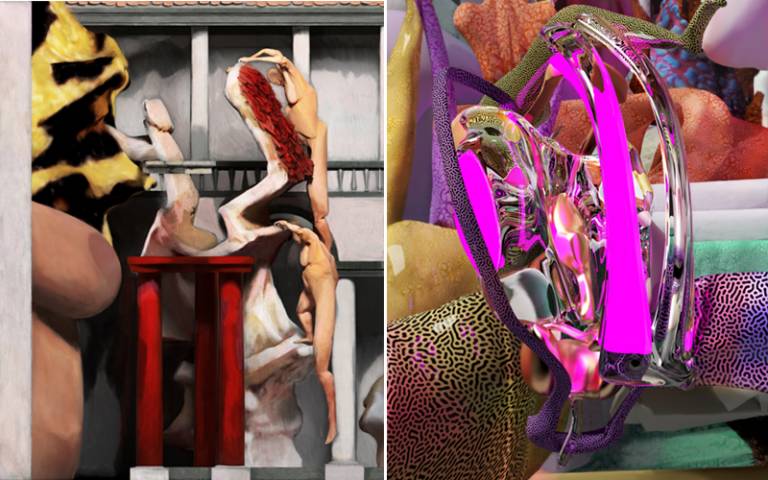
Overview
This doctoral programme encourages the development of architectural research through the creative combination of designing and writing. The Architectural Design thesis consists of projects and texts that share a research theme and have a productive relationship. The projects may be drawn, written, filmed, constructed, or make use of whatever media is appropriate to the research subject. Integrating varied research methods, the thesis emphasises the creative interdependence of drawing, writing, and building in the development of innovative practices and theories of architecture.
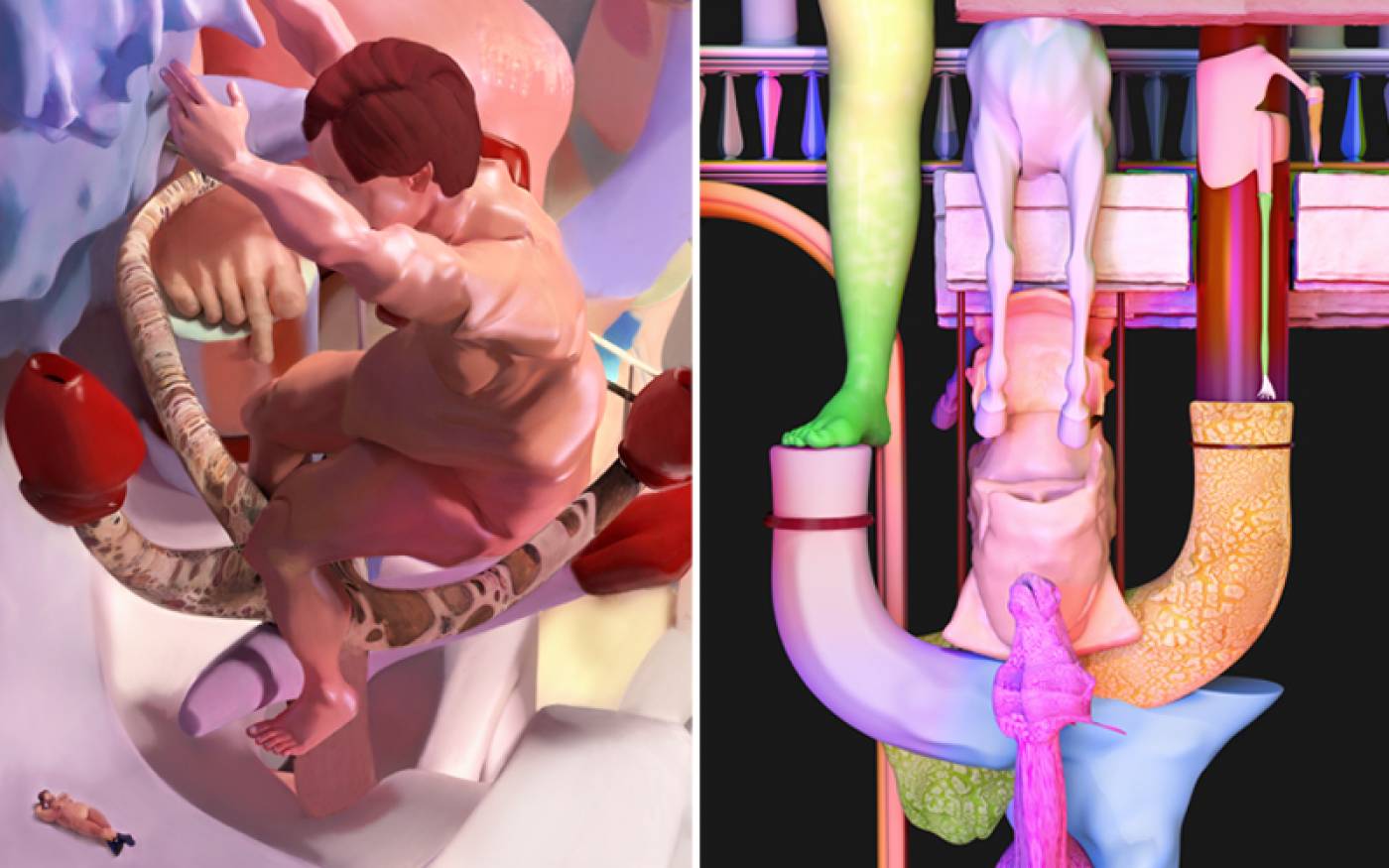
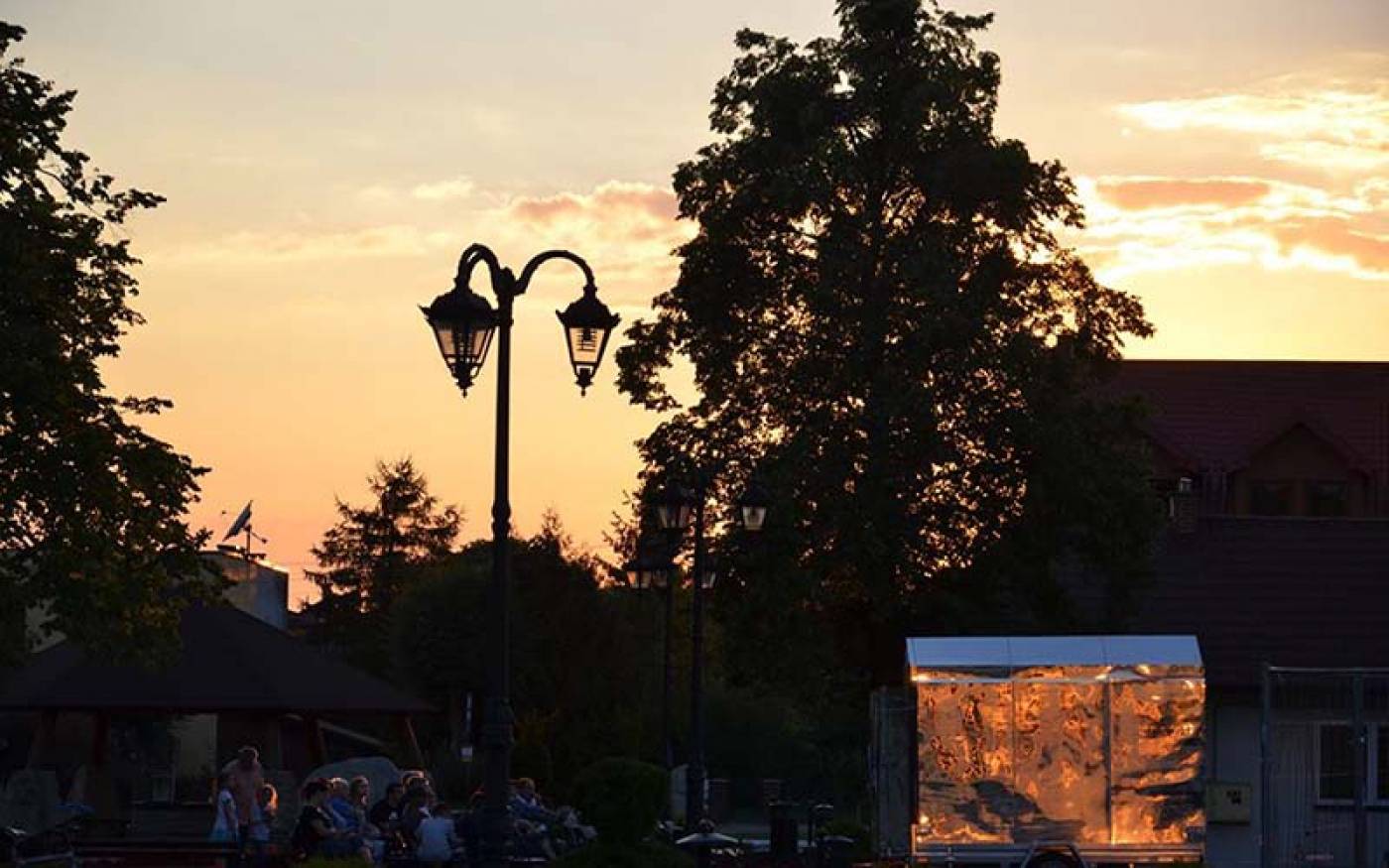
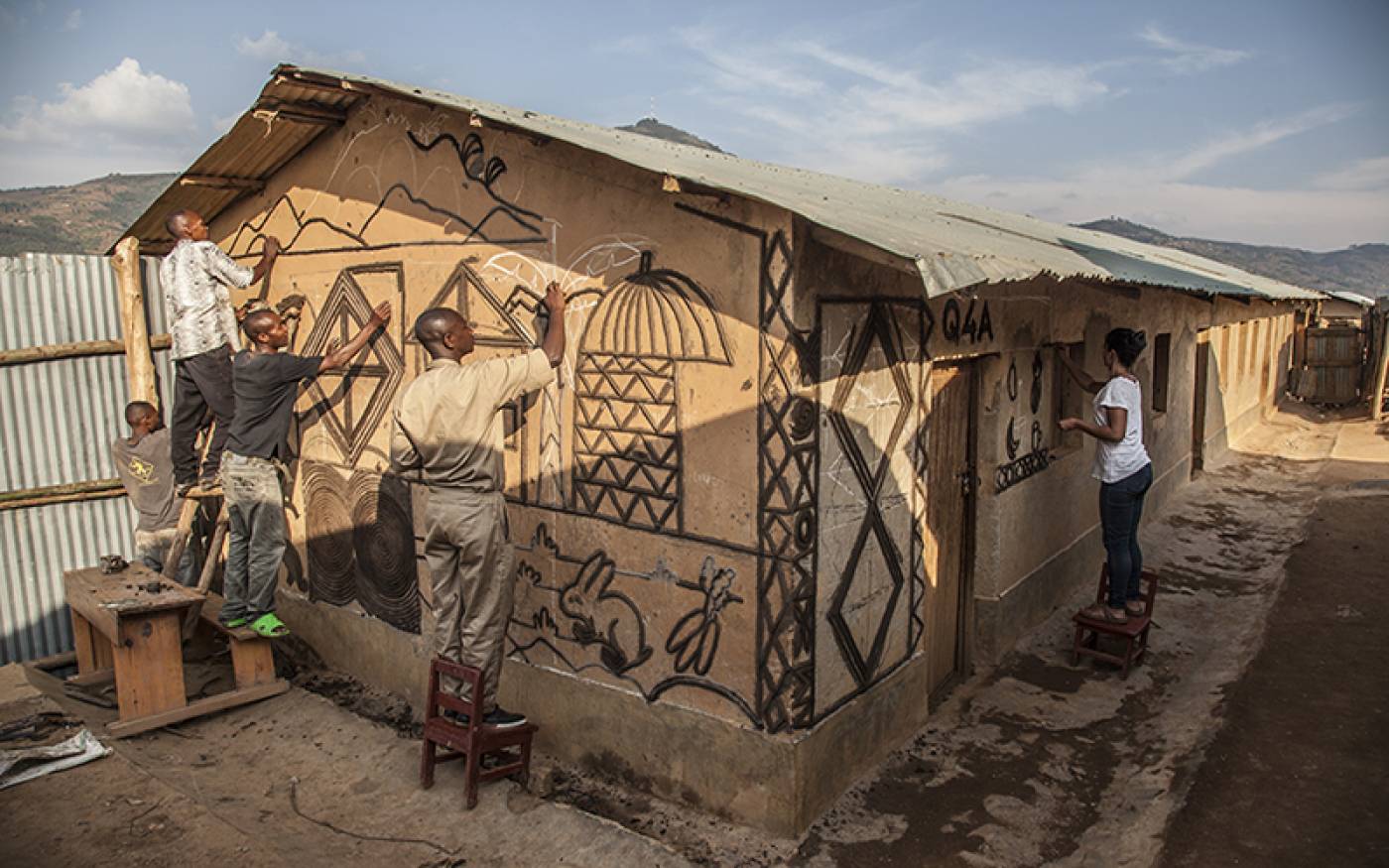
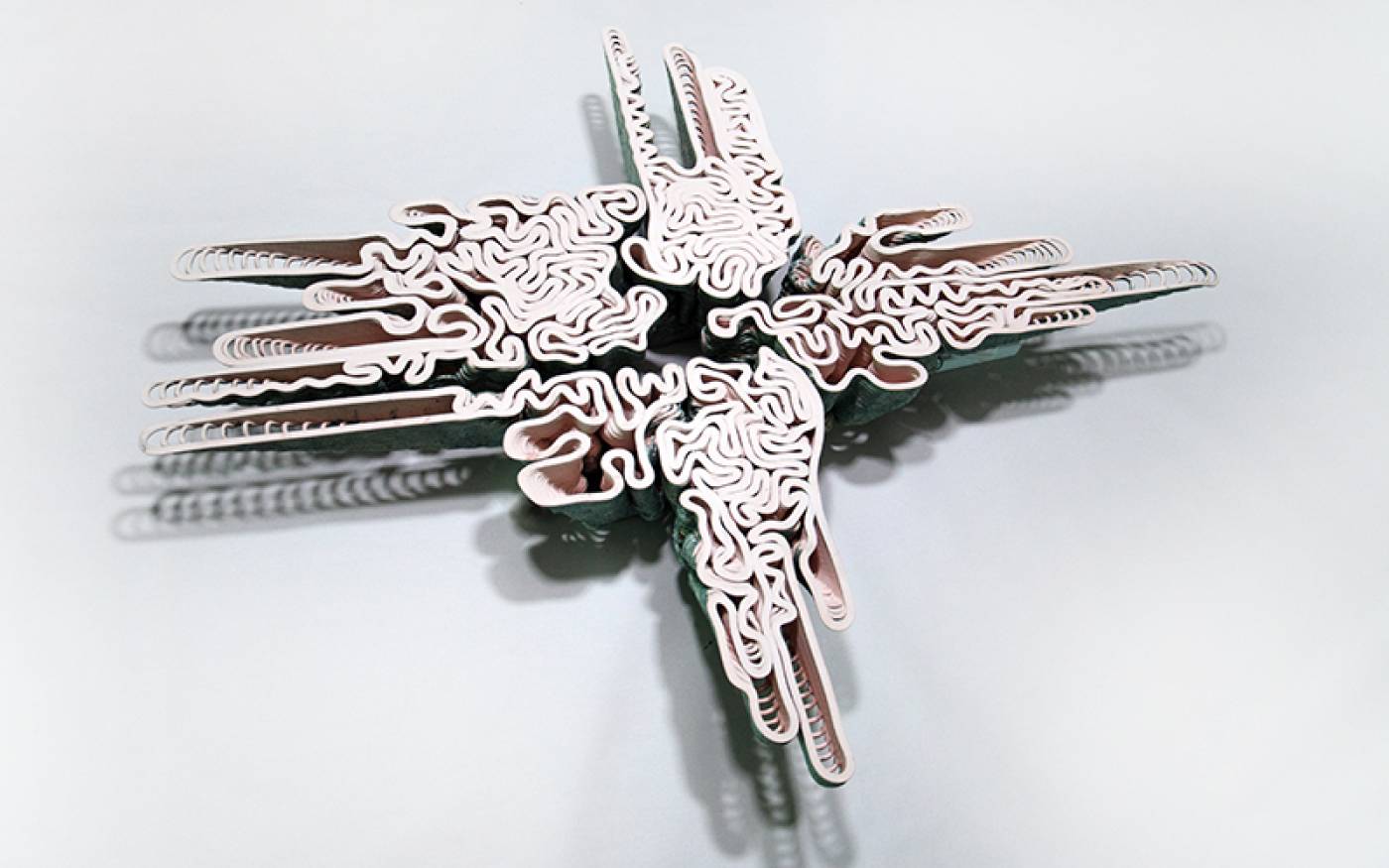
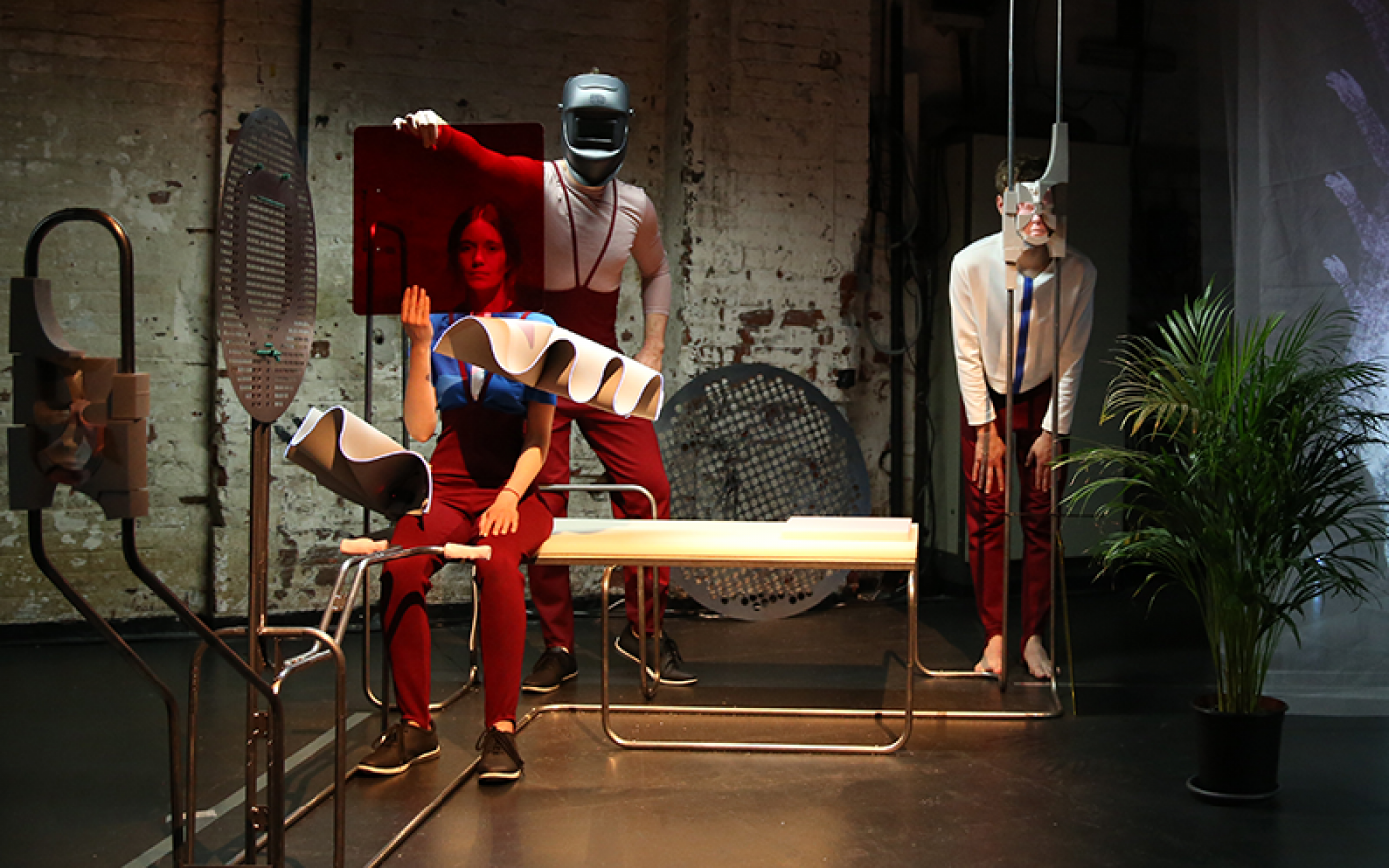
The first architectural design programme in the UK, this programme was established in 1995, with the first candidate graduated in 2000. Since then, there have been over 80 further graduates. Candidates can study full-time or part-time, depending upon individual circumstances.
View the UCL Prospectus page for this programme
Structure
Developed through individual research investigations and supported by regular tutorials with a principal and a secondary supervisor, an Architectural Design thesis integrates design projects and a text of around 60,000 words. Stimulated by the 500-year history of the architectural book and the many forms it has taken globally, over 30 graduates have had their thesis published as an authored book.
In their first year, candidates are registered as MPhil students, but are then expected at the end of that year (or second year if part-time) to upgrade to PhD status. A full-time candidate is expected to complete the PhD in three to four years, whilst a part-time candidate completes theirs in five to seven years.
Within The Bartlett School of Architecture, the Architectural Design MPhil/PhD programme has a longstanding, fruitful association with the Architectural and Urban History and Theory MPhil/PhD programme. Every year the programme collectively organise a series of regular seminars and events:
Research Introductions
Initial presentations by new MPhil students.
Research Conversations
In-depth seminars to meet the criteria for upgrade from MPhil to PhD status.
Research Projects
An annual PhD conference and exhibition with international critics as respondents, so that students can present and discuss work-in-progress.
Read the PhD Research Projects publications on Issuu
Candidates also have the option of auditing taught modules from the Architectural History MA, led by Professor Peg Rawes, or the Landscape Architecture MA/MLA, led by Professor Laura Allen and Professor Mark Smout.
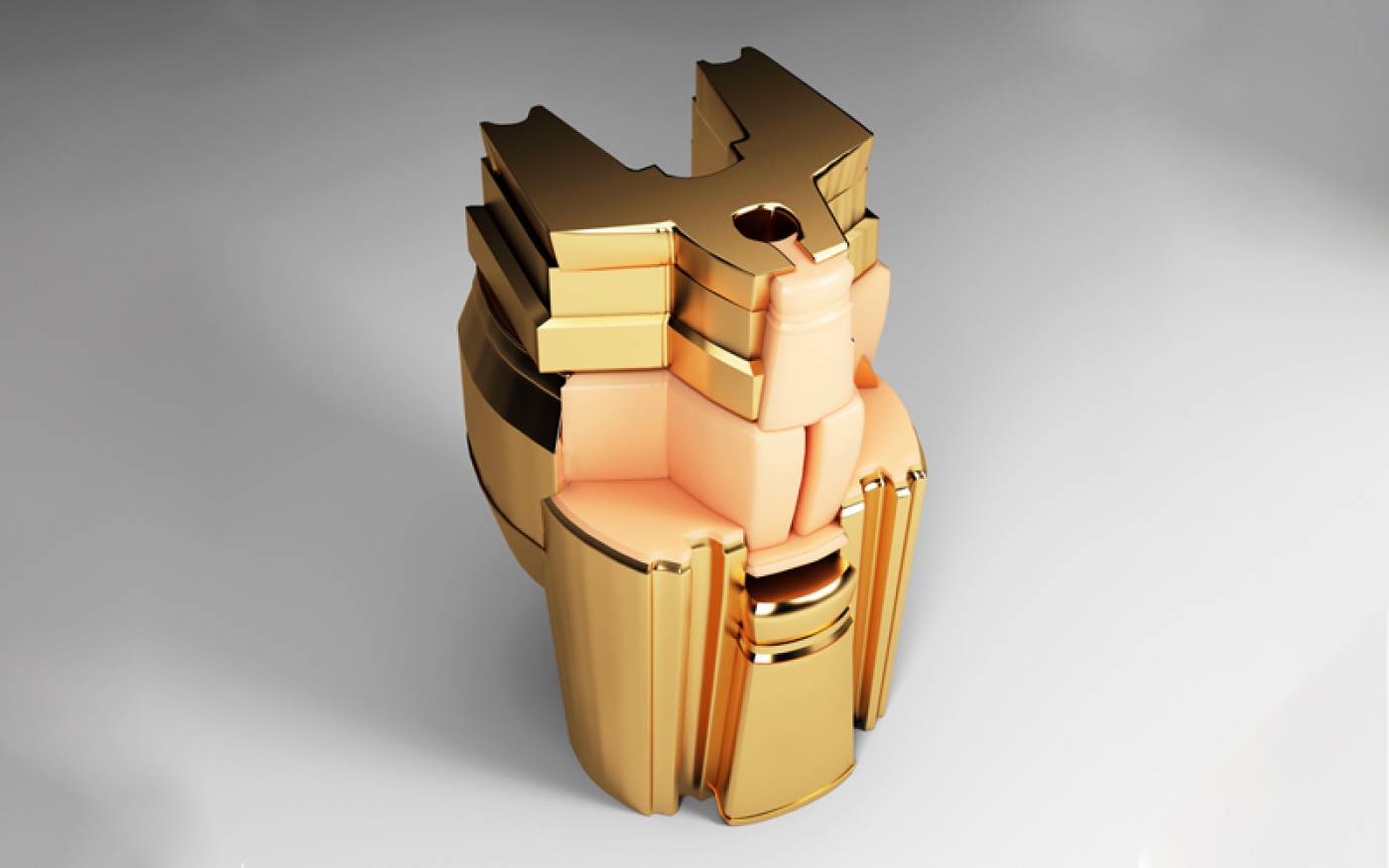
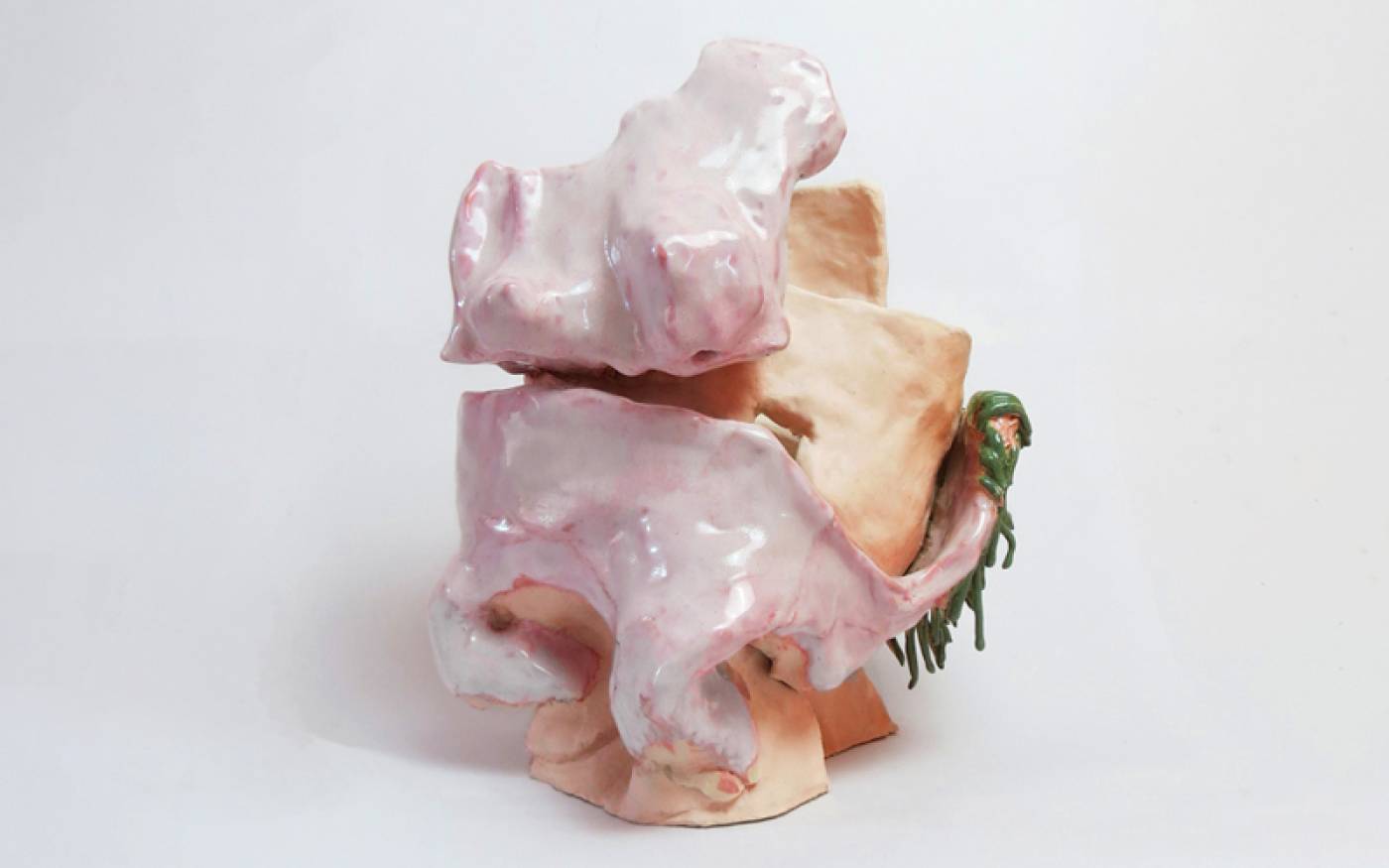
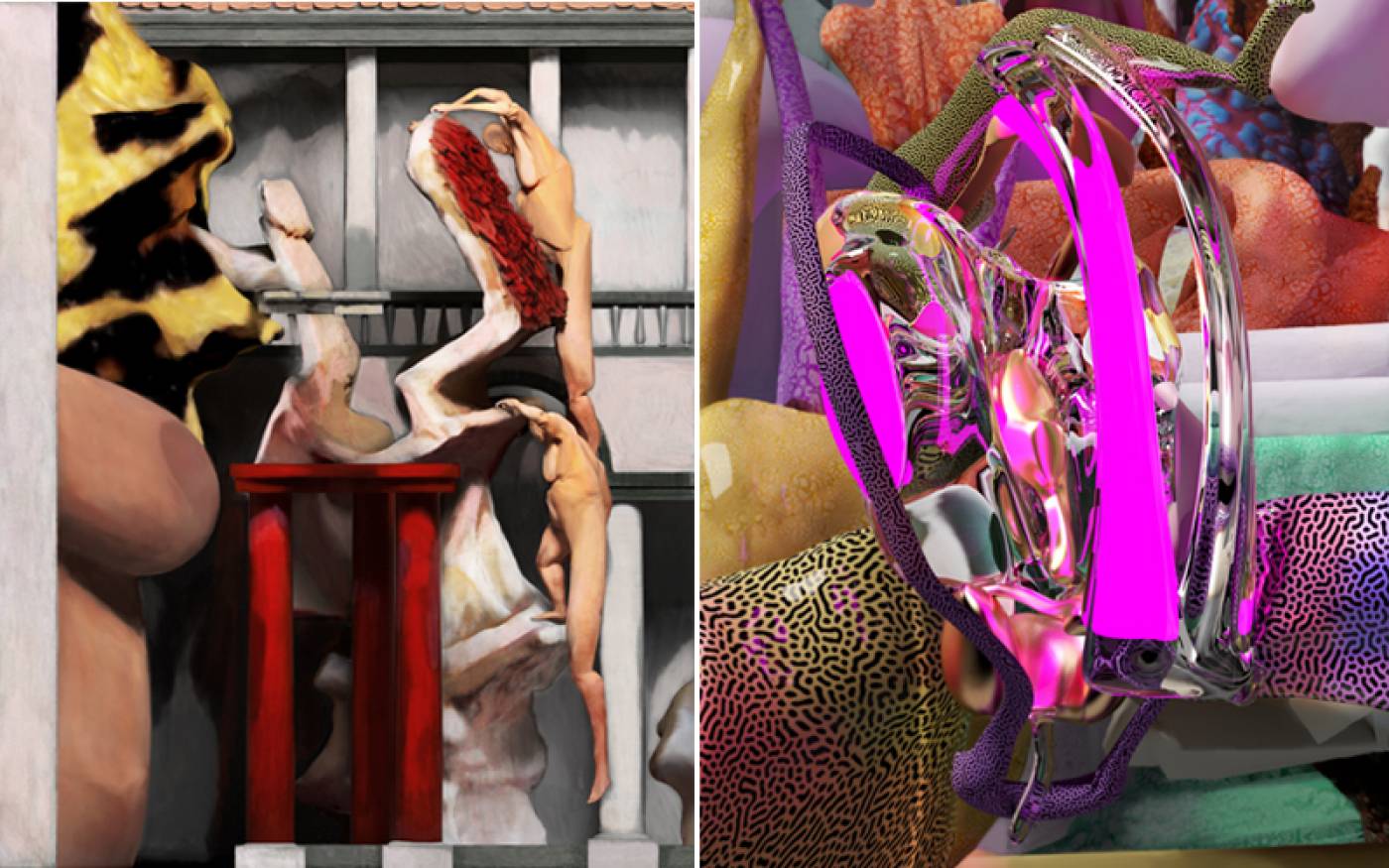
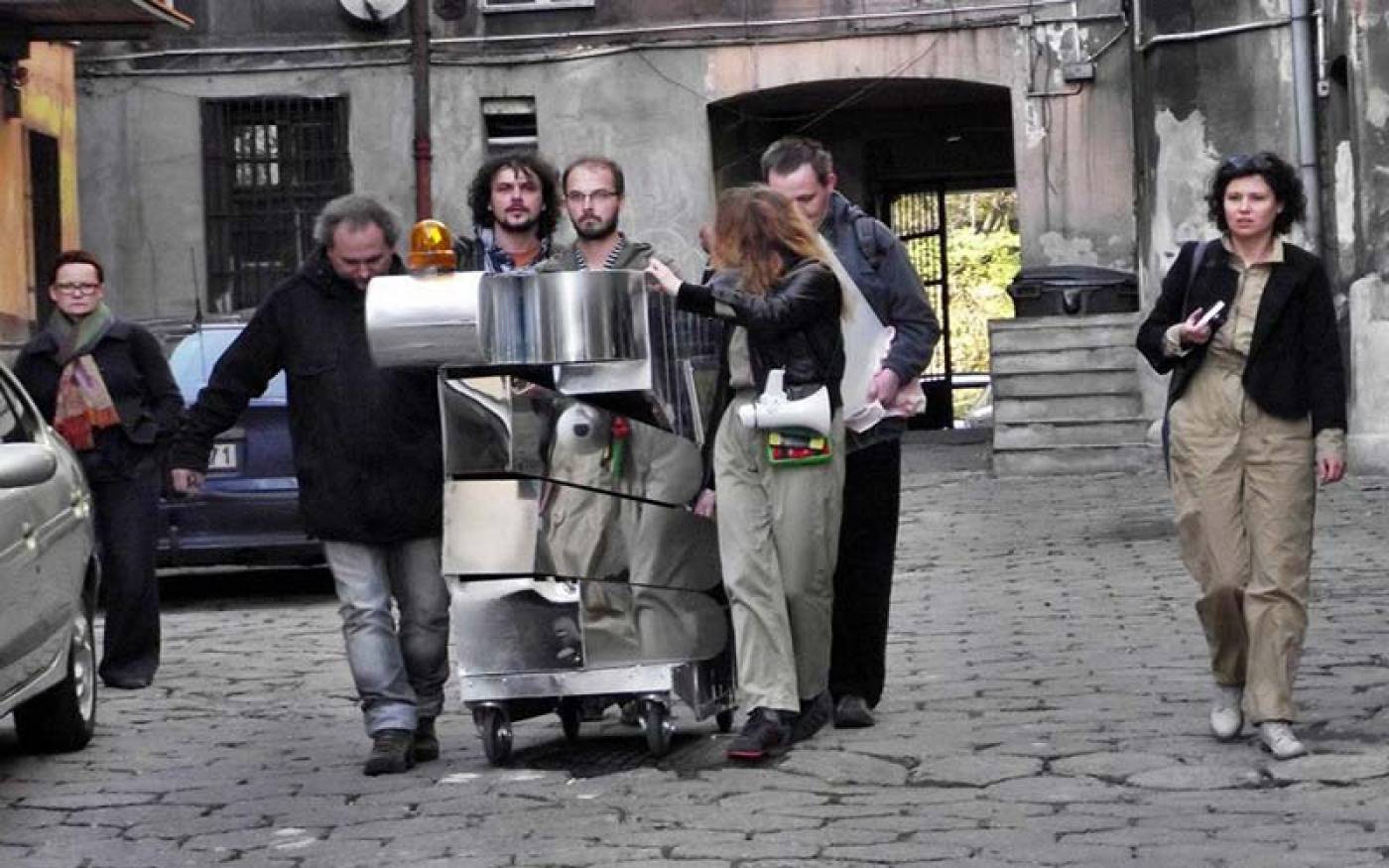
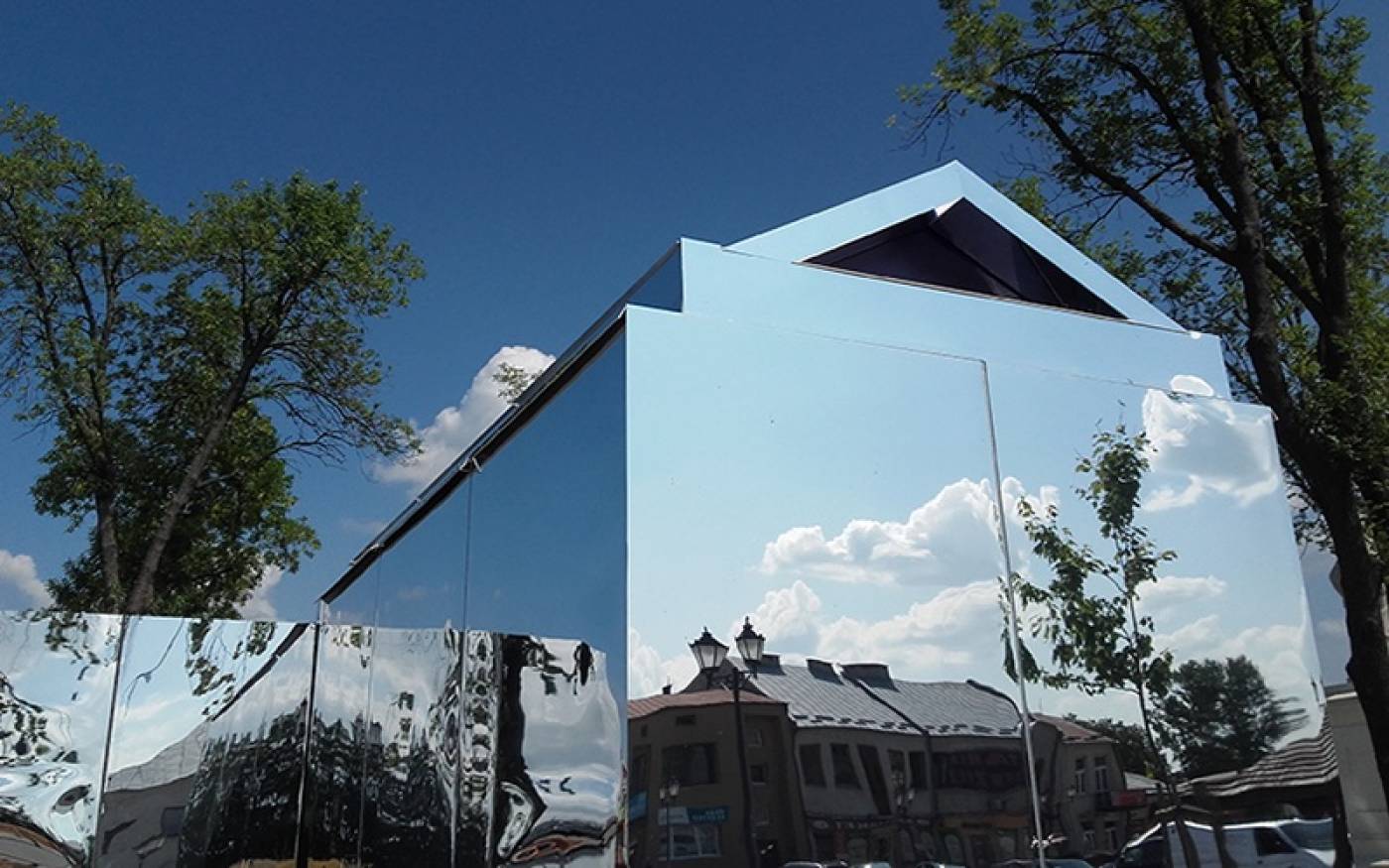
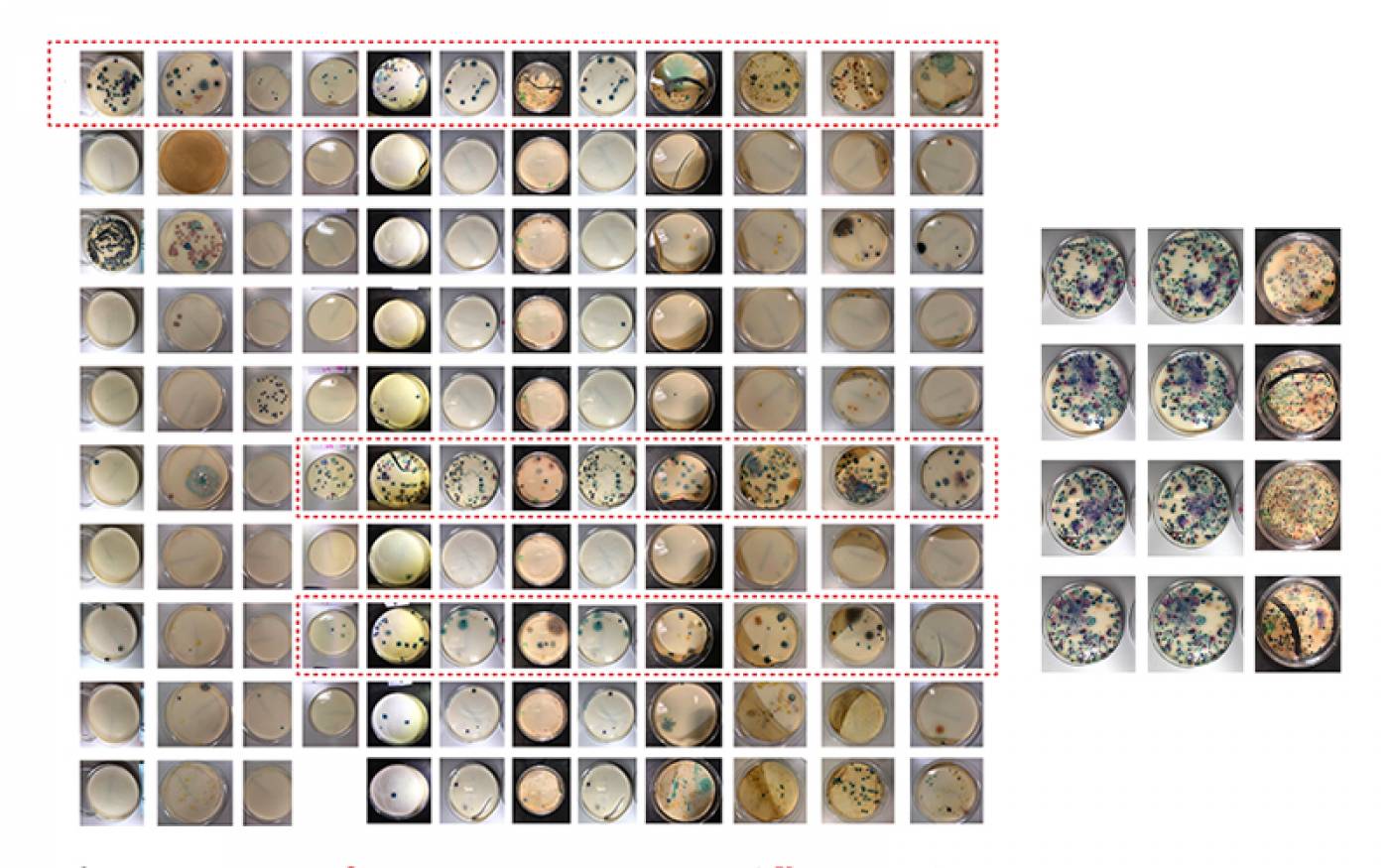
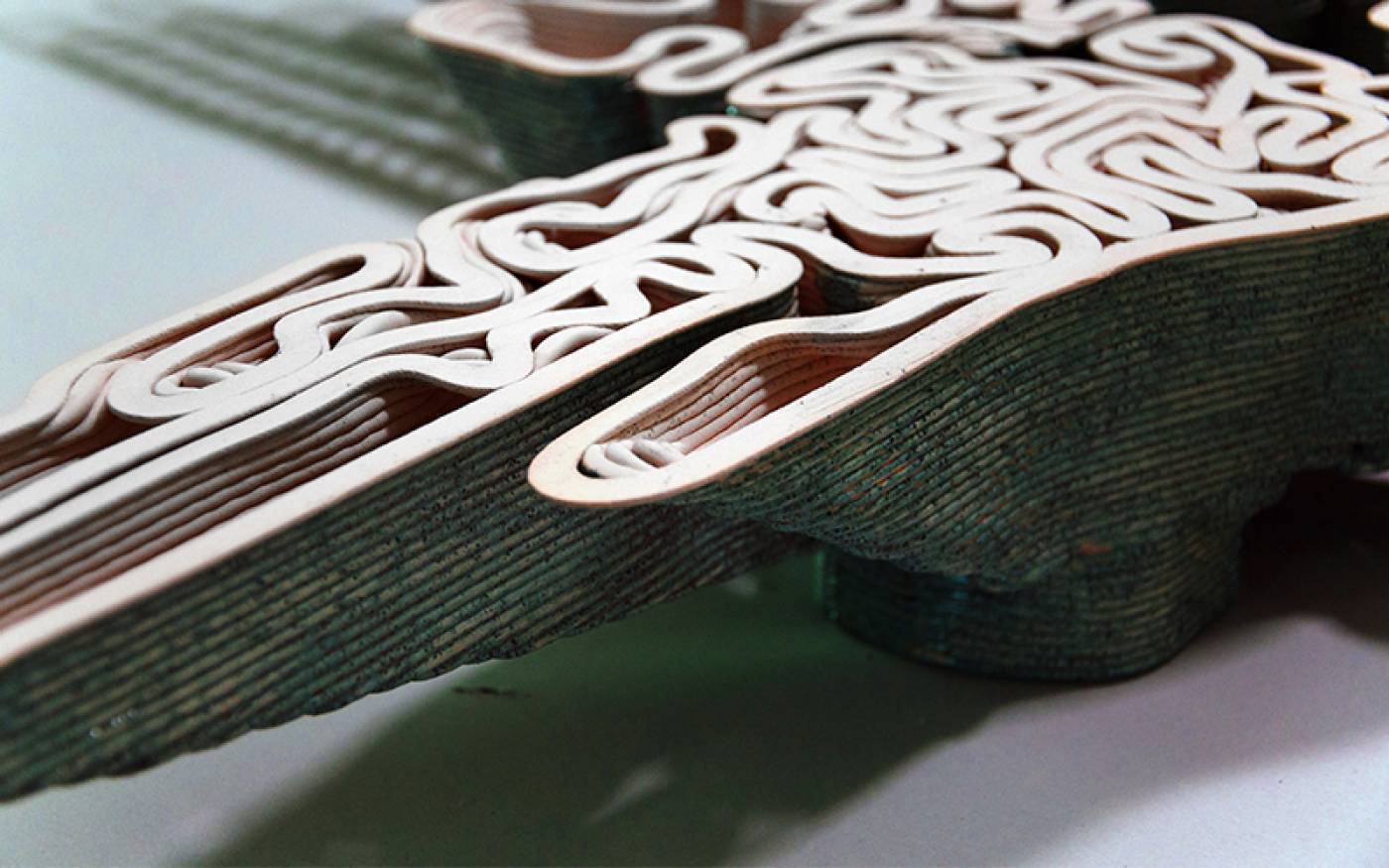
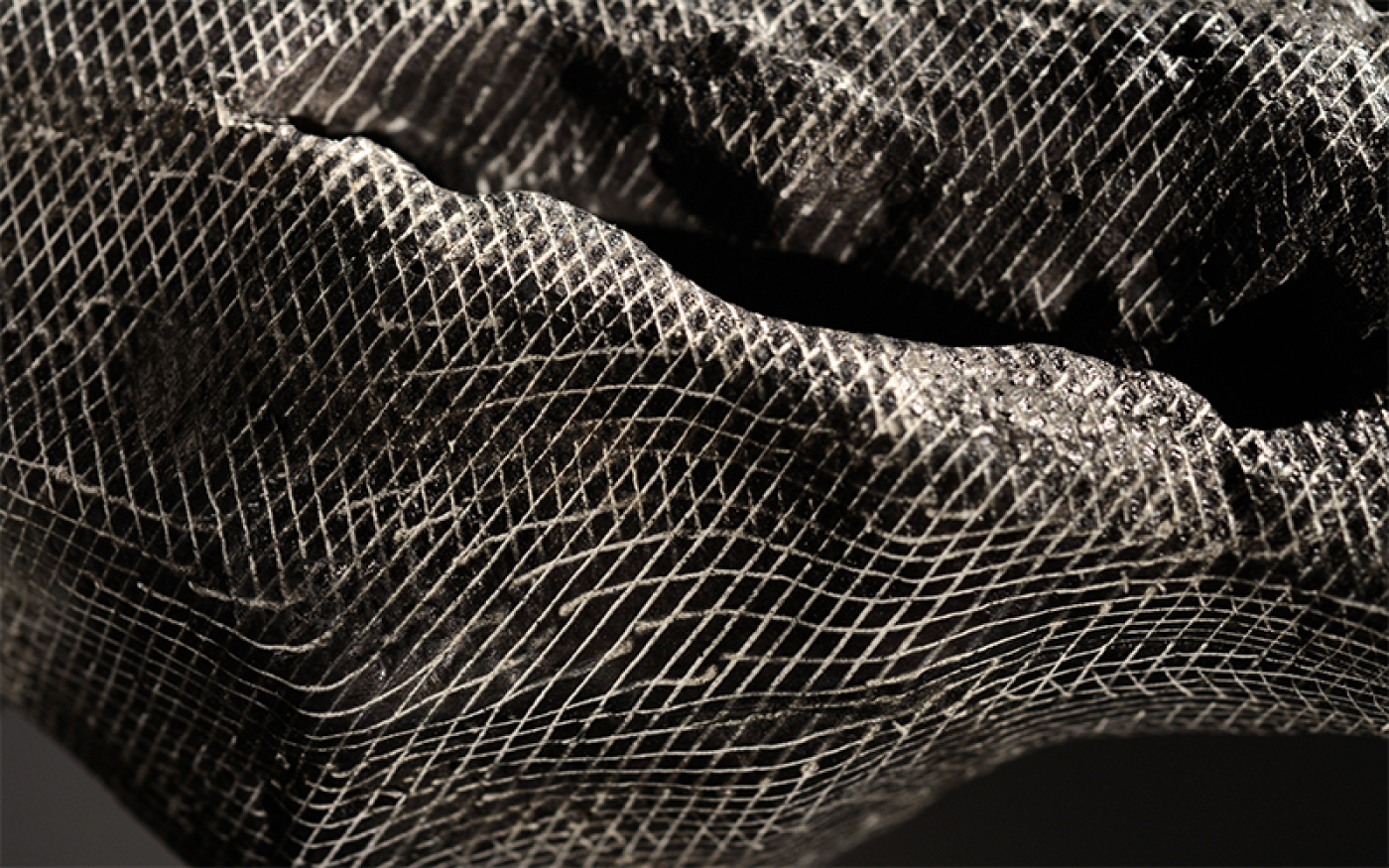
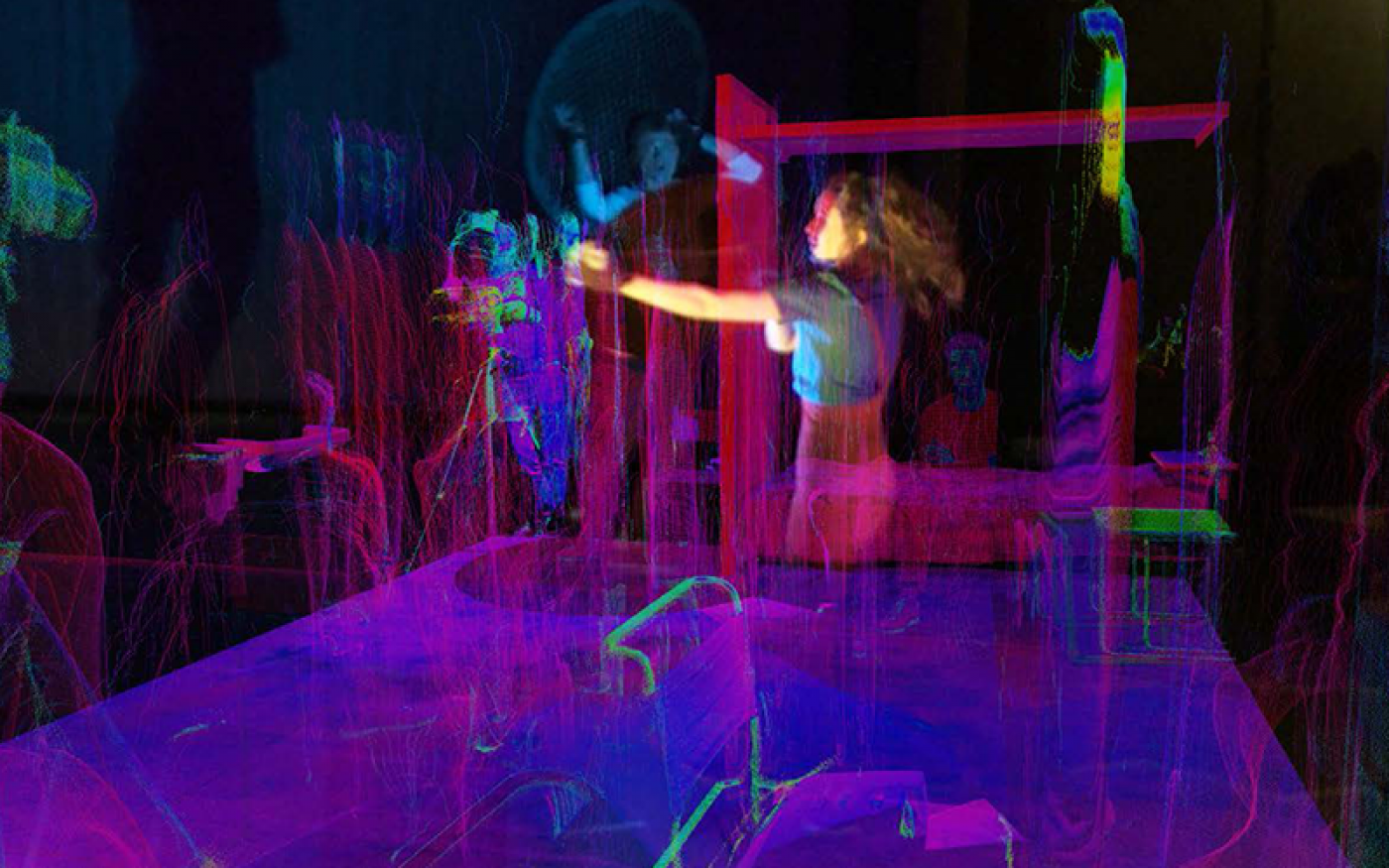
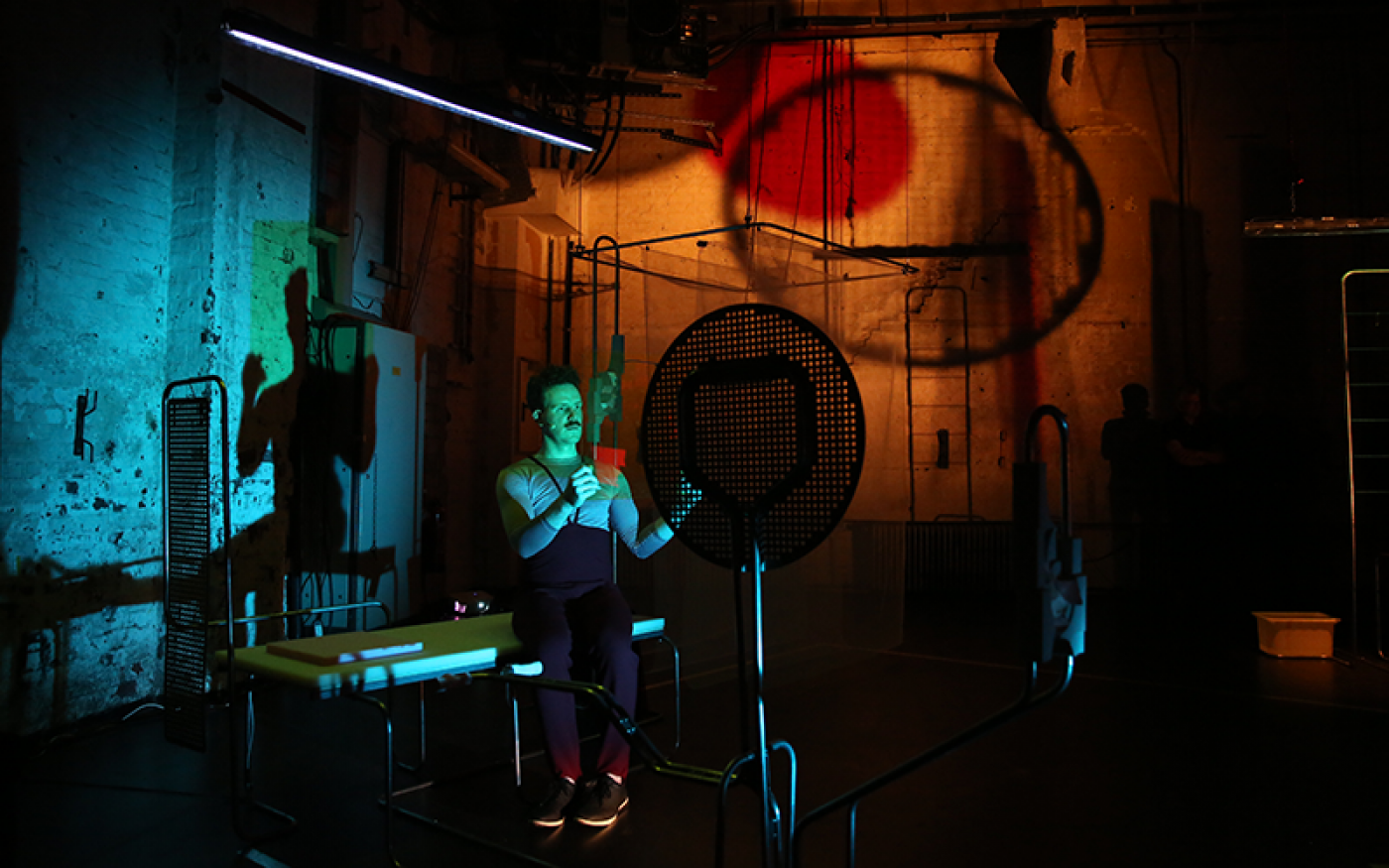
Supervisors
The programme draws upon the wide range of research expertise offered at The Bartlett School of Architecture. Supervisors are selected depending on the student’s specific research area. The principal doctoral supervisor is within The Bartlett School of Architecture, while the subsidiary supervisor can be from The Bartlett or another UCL department, including anthropology, medicine, or fine art, for example. The intention is for doctoral subjects and supervisions to be as broad as the discipline of architecture and to connect research to related disciplines to foster productive and rewarding collaborations. The school also has a fruitful association with the doctoral programme at the Royal Academy of Music.
To discuss a potential Architectural Design MPhil/PhD, it is recommended that you read the profile of the principal supervisor with whom you would like to work and email them a research proposal. Alternatively, you may contact the Programme Director.
Current supervisors
- Current supervisors
Dr Paul Bavister
Sound, architecture, technology and the body. Auditoria and performance spaces, fixed, temporary and virtual. Architectural acoustics, sonic propagation and perception, biometric sensing and evolutionary processes. Interaction and performance.Professor Peter Bishop
Application of urban design and urban planning theory; incremental urbanism; temporary uses and installations; role of conservation in distorting urban change; role of other stakeholders and political forces outside the design process in the construction of the built environment.
Professor Iain Borden
History of modern architecture; urbanism and urban culture; skateboarding, graffiti and urban arts; public space; experiences of architecture; film, photography and other urban representations; critical theory and cultural studies.Roberto Bottazzi
The aesthetic, spatial and philosophical impact of digital technologies on architecture and urbanism.Professor Eva Branscome
Architecture as evidence of contested histories; Historic urban environments and their tangible and intangible heritage; Modern architecture in Europe; Migration of ideas and people and how this is readable within the urban fabric; Cities as complex cultural constructions; Gender as it affects the subdivision and use of built spaces; Domesticity; Museums, exhibition design and curatorial practice; Avant-garde art and renegade urban art forms such as street art; Performance spaces; Photography as a medium between architecture and culture.Professor Barbara Campbell-Lange
Projects that imaginatively unfold notions of event, object and unbuilt environment; that think otherly about discipline and category, politics, technologies and philosophies; that evolve verbal with non-verbal methodologies; that explore ancient and contemporary (minimalist) composition in the arts and humanities.
Professor Ben Campkin
Histories, theories and practices of urbanism and urbanisation. Transdisciplinary urbanism and experimental methods of urban research, publication and public engagement. Urban night spaces, cultures and governance. London’s history and built environment; contemporary urban policy and practice in London. Queer space, architecture and architectural histories; heritage associated with Lesbian, Gay, Bisexual, Trans and Queer populations.Professor Mario Carpo
History of architectural theory and history of cultural technologies, with focus on the early modern period (the Vitruvian tradition and the Italian Renaissance, from Alberti to Vignola) and on contemporary digital design theory (1990 to the present).Dr Megha Chand Inglis
History and theory of architectural practices in and from the Indian subcontinent, and more broadly the Global South; the play of relations between 'the west' and the 'non-west;' the colonial encounter; Indian temple building communities; the 'non-modern' in global architectural modernity; epistemological vantages in design and production; the politics of technology; subaltern building communities; knowledge production; relations between texts and contemporary architecture; diasporic cultures of building and place making; migrant labour in the global diaspora; postcolonial theory and approaches.
Professor Nat Chard
Architecture and indeterminacy; relationship between ideas and technique in architectural representation and manufacture; experimental practices in architecture; developing methods of drawing and making as a means of architectural research.
Professor Marjan Colletti
Digital design and digital theory; experimental building and urban design; innovative CAD/CAM fabrication technologies; neo-baroque and exuberant synthetic and syncretic design techniques.Professor Marcos Cruz
Innovative environments, utilization of bacteria and algae, computation, bio-technology and synthetic biology.Dr Edward Denison
Histories and theories of modernism and modernity outside ’The West'. Africa, Eastern Europe, Asia, especially China and Chinese encounters with modernity domestically and/or globally. Colonialism, post-colonialism, and globalisation. Cultural heritage and critical approaches to urban heritage. Community engagement/campaigning and neighbourhood planning.
Professor Murray Fraser
Architectural design; design research; architectural history and theory; cultural studies; architecture and globalisation; cross-cultural influences; cultural identity; urbanism.
Professor Stephen Gage
Time-based architecture; architecture that interacts with people and the external environment; architecture and performance.Dr Sam Griffiths
Theories and methods for researching and writing the historical relationship between urban populations and their built environments; the spatial cultures of industrial cities, suburbs and high streets; urban manufacturing; architecture as chronotope in realist fiction and historical writing; space syntax as an interdisciplinary approach to research in the humanities and social sciences.Dr Kostas Grigoriadis
Multi-material / functionally graded material design and fabrication; advanced computational design and computational fluid dynamics simulations in architecture; generative design (topology optimisation); embodied energy of multi-material building parts; digital theory; epistemology of computer simulations in architectural design (EOCS); cognitive theory (Material Engagement Theory and conceptual blending).Peter Guillery
London's buildings and topography of the 16th to 21st centuries, especially housing, industrial buildings and vernacular architecture.Dr Sean Hanna
Spatial cognition; mathematical and computational modelling of spatial and social relationships; individual and collective creativity; machine learning and intelligence; complexity and big data.
Dr Penelope Haralambidou
Practice-led research; spatial culture; cinematic architecture; architectural essay film; digital animation and craft; immersive technologies; fine art; music; allegory, narrative and storytelling; histories and theories of perception, memory, imagination and spatial representation; optics, linear perspective, stereoscopy and the politics of visuality; architecture and play; feminist utopias; female spatial imagination; medieval illuminated manuscripts; Christine de Pizan; Marcel Duchamp.Dr Jan Kattein
Participatory design practice; engaged urbanism; community engagement; self building; design activism; architectural practice incl. Alternative forms of practice; design education; public sector and community governance; radical sustainability; high street and town centre regeneration.Dr Chris Leung
Prototyping through digital modelling, simulation, fabrication and instrumented testing as a modus operandi for design research; timber construction and sustainable approaches to the design of timber buildings; passive low-energy actuator technologies (phase-transitioning waxes, thermo-bimetals, shape memory alloys) for environmental control in buildings; digital and hybrid digital-analogue control systems for facade systems; solar energy; passive cooling with optically selective radiators; embodied mechanical logic; advanced manufacturing processes e.g. design for multi-material polymer printing.
Professor Yeoryia Manolopoulou
Architectural design and theory; design research methods; architecture and experience; collaborative, aleatoric and performative design; dialogic architecture; place, material practices and building; pedagogic settings; theories of embodied mind, action and environment; the architectural score; practices of drawing; architecture’s intersection with art, anthropology and neuroscience.Dr Clare Melhuish
Anthropology of architecture, the built environment and urban processes; ethnography of architectural practice; urban and architectural visual and material culture; postcolonial urbanism; critical urban heritage; modern(ist) architecture and planning in London; French modern(ist) architecture and planning; Arab cities; Caribbean urbanism; universities and urban regeneration; education spaces and the city; participatory and community-led planning; anthropology of home and domestic space; ethnographic methodologies.Dr Shaun Murray
Architectural research through design. Agency of architectural drawing in process and result, ecological thinking, and field theory relations. Histories, theories, and futures of communicating architecture through the inter-relations of designing ecologies. Ecology, landscape, geology, and material dynamics in relation to site through mappings and choreographies. Surrealism and Correalism in architecture. Adapting buildings to occupants through reflexive design in architecture and technology. Hybrid methods of communicating architecture, transdisciplinary approaches, non-linear and non-reductionist modes.Dr James O’Leary
Ungovernable and contested spaces; spaces of conflict and post-conflict transformation; spatial justice; urban memory and commemoration; situated practices and site-specific art; interventions in public space; immersive narrative environments; border environments and frontier landscapes; spaces of migration; post-colonial conditions and cartographies.Dr Luke Pearson
Architecture and videogames; the design of virtual worlds; worldbuilding practices; digital pop culture; game design and game aesthetics; game engine technologies; digital animation; speculative and utopian architectural design; immersive technologies; new media art; imaginative drawing; comics, science fiction and anime.Professor Alan Penn
Urban research at the scale between the building and the city; design of complex buildings and their relations to organisations (i.e. hospitals, laboratories and offices); development of computing for architecture; urban pollution dispersal; virtual reality applications for the built environment; simulation of social phenomena and urban growth and change.
Professor Barbara Penner
Tourism; American hotels, resorts, and commercial architecture; gender and space; domesticity; consumerism; bathrooms and infrastructure; inclusive urbanism; appropriate technology.
Professor Sophia Psarra
Architecture narrative and fiction, geometry of architecture and urban space; conceptual order, spatial morphology and spatial experience; the formation of spatial meaning in architecture and symbolic languages across different media; architectural theory; the morphology of cities in relation to processes of industrialisation, de-industrialisation and innovation; spatial design of complex buildings and its relation to society and organisations; computer modelling and visualisation.
Professor Peg Rawes
Climatic, planetary and ecological practices; environmental aesthetics, poetics theory and practices; feminist, intersectional and decolonial theory and practices; histories and theories of vulnerability, wellbeing and care; political and ecological critiques of computation.Professor Jane Rendell
Gender/feminist theory and architecture; art, architecture and urban interventions; critical spatial theory and practice; creative/critical subjectivity and positionality in writing or site-writing; psychoanalysis and space; public space, cultural identity and narrative.Harriet Richardson
Architectural history and heritage; medical buildings; development of hospital planning and design; post-war hospital architecture in Scotland; National Health Service; urban history; Scottish ArchitectureDr David Roberts
Mobilising histories and futures of social housing in London; developing action research with community groups under threat from urban policy; empowering ethical built environment pedagogy and practice; devising socially engaged site-specific performance; nurturing forms of collaboration and collectivity; extending architectural history and design education to young people.Dr Tania Sengupta
Postcolonial and transcultural studies; colonial, post-colonial/contemporary architecture and urban history (non-western worlds, especially South Asia); postcolonial identities in western contexts. For non-western contexts: architectures of governance; provincial identity and rural-urban relationships; spatial cultures of domesticity; material and spatial cultures; global, local and scalar relationships in architecture/ urbanism; everyday spaces and practices.Professor Bob Sheil
Architecture and design through production, experimental design, prototyping, making, fabrication, craft, innovative technology, digital practice, digital manufacturing, assembly, materials, modelling, transgression from drawing to making, 3D scanning.Professor Mark Smout
Design-based approach to architecture, landscape (urban and rural) and climate change via political, technological and artistic disciplines.Dr Nina Vollenbröker
Programme Director
Aural diversity and deafness. Disability and bodily difference. Institutional spaces including hospitals and specialist schools. Early modernist Austrian and German architecture. Spaces of home, especially in the context of migration and long-term mobility. Intersections of material culture, photography, and space. Quilts and textiles. Manuscript diaries and oral histories.Professor Tim Waterman
Landscape studies, landscape architecture, landscape history; imaginaries—moral, social, ecological, radical, and utopian; democracy, citizenship, justice, and the right to landscape; taste, manners, customs, and commons; food and foodways; utopian studies; urban and rural studies; sustainability and regenerative design.Dr Robin Wilson
The architectural media (especially the architectural journals of the 20th century); architectural photography; architectural criticism; arts-based and performative methods of spatial research; curatorship and architecture; utopian theory.Oliver Wilton
Architectural design, environmental design, and sustainability. Architecture, construction, industrial and environmental histories. Physical prototyping, digital simulation, and architecture performance. Developing simple new forms of construction. Architecture lifecycle, industrial symbiosis, inhabitation and related resource systems, circular metabolism. Biogenic materials, seasonality, and microclimate augmentation.Dr Fiona Zisch
Cognitive architecture / neuroarchitecture; spatial cognition; cognitive ecologies; neurophilosophy; radical embodiment; embodied knowledge and intuition; cyberfeminism; technology, interaction, performance; movement, choreography.Stamatis Zografos
Critical heritage studies; urban memory and archives; cultural studies; intersections of architecture/conservation and psychoanalysis; fire, urbanism and precarity; urban violence; destruction and evolution/regeneration.
Research Proposal
The research proposal is crucial to our decision on your application since it demonstrates your ability to identify and articulate an independent line of research inquiry. In not more than 2000 words, you should explain the subject of your proposed research, the questions you hope to answer, why you think this knowledge will be of value, your intended method, and the sources you will use.
As an original contribution to knowledge, a PhD thesis must identify and discuss an identifiable field of research, critique its principal works and texts, and indicate how the thesis is an original departure from and/or development of this research field. Additionally, research by Architectural Design thesis has two inter-related elements of equal importance—a project and a text—that share a theme and a productive relationship, which must all be discussed in your research proposal. You should show that you have the ability and experience to carry out the research, and are familiar with the context, literature, and appropriate methods of research. Please offer a working title for your research and a select bibliography of key works.
It may be helpful to structure your proposal under the following headings:
- Working Title
- Research Project - broken down under the following headings: Subject/Aims/Key Research Questions/Academic Context/Methods (1500 words)
- Feasibility/Ability to complete - preparation to conduct research and previous experience (500 words)
- Select bibliography of key works (primary and secondary)
In addition, we request a C.V., a portfolio of design or other practice–led work or a link to your website (if applicable).
Application Guidance
The Bartlett School of Architecture, UCL, currently has no deadline for submission of applications for admission to the PhD programmes. Postgraduate research students can commence their study at certain dates during the academic year, so are not restricted to a September start date unlike postgraduate taught students. However, please note we will not be processing any applications in August and September for entry within the same academic year. During university breaks of Summer, Christmas, Easter, and in reading weeks in November (04–08 November 2025) and February (17–21 February 2025), slower responses can be expected. Please be reminded that the formal admissions process can be a lengthy one, between 2-3 months.
If you are considering applying for a scholarship, we ask you to familiarise yourself with all relevant guidance and allow sufficient time (6-8 months at least) ahead of deadlines. In many cases, our scholarship schemes require applicants to have submitted their UCL admission application prior to applying. Please submit admission applications at least two months in advance of scholarship deadlines. We will, for example, not process admission applications in November or December for applications that depend on scholarship deadlines in January; these admission applications must be submitted by the end of October.
Additionally, some scholarships may require a reference from your potential UCL supervisor. It is important to note that to request a reference, you must have had prior ongoing and positive conversations with a supervisor for them to be able to recommend you in good faith. Requests for references from potential supervisors should be made at the same time as formal applications for admission to the PhD programme and last-minute requests will not be considered. Please note that while scholarship applications require a reference letter from your potential supervisor, PhD applications require two independent references.
Careers
The Architectural Design doctorate is a means to learn from the past, reassess the present, and speculate on future models of architectural practice and discourse.
Doctoral graduates have gone on to pursue careers in a wide variety of fields, from architectural, design and art practice to curatorial positions. Students have also progressed into academic roles at both The Bartlett and other higher education establishments, including:
- Architectural Association School of Architecture
- African Futures Institute
- University of Cyprus
- Dalhousie University
- University of Innsbruck
- Rice University
- Royal College of Art
- Royal Danish Academy of Architecture, Design, Conservation
- University of Oxford
- University of Sheffield
Contacts
Programme Director and Departmental Tutor: Dr Nina Vollenbröker
Programme Coordinators: Stelios Giamarelos and Stamatis Zografos
Programme Administrator: Emmy Thittanond
Images
- First slideshow
- Daniel James Wilkinson, The Sculptor-Architect: drawings, models and bozzetti after Michelangelo, PhD, 2021.
- Natalia Romik, (Post)-Jewish Architecture of Memory within former Eastern European Shtetls, PhD, 2018: public programme in the evening in Józefów Biłgorajski.
- Nerea Amorós Elorduy, East African Refugee Camps as Learning Assemblages: The built environment as an educational resource for encamped young children in the East African Rift, PhD, 2018: mural-making process on the first and second walls of Kiziba refugee camp maternelle.
- Richard Beckett, Architecture as a Landscape for Beneficial Microbial Interactions: Probiotic Ceramic Wall Components_1.
- Thomas Pearce, An Architecture of Parallax. Design Research Between Speculative Historiography and Experimental Fabrication.
- Second slideshow
- Daniel James Wilkinson, The Sculptor-Architect: drawings, models and bozzetti after Michelangelo, PhD, 2021.
- Daniel James Wilkinson, The Sculptor-Architect: drawings, models and bozzetti after Michelangelo, PhD, 2021.
- Daniel James Wilkinson, The Sculptor-Architect: drawings, models and bozzetti after Michelangelo, PhD, 2021.
- Natalia Romik, (Post)-Jewish Architecture of Memory within former Eastern European Shtetls, PhD, 2018: the walk with JAD, image from the collection of the Contemporary Art Centre Kronika in Bytom.
- Natalia Romik, (Post)-Jewish Architecture of Memory within former Eastern European Shtetls, PhD, 2018: the Nomadic Shtetl Archive in the market square in Kock.
- Richard Beckett, Architecture as a Landscape for Beneficial Microbial Interactions: Indoor Microbiome Sampling.
- Richard Beckett, Architecture as a Landscape for Beneficial Microbial Interactions: Probiotic Ceramic Wall Components_2.
- Thomas Pearce, An Architecture of Parallax. Design Research Between Speculative Historiography and Experimental Fabrication.
- Thomas Pearce, An Architecture of Parallax. Design Research Between Speculative Historiography and Experimental Fabrication.
- Thomas Pearce, An Architecture of Parallax. Design Research Between Speculative Historiography and Experimental Fabrication.
 Close
Close


